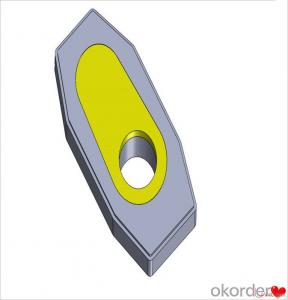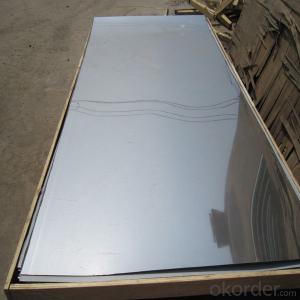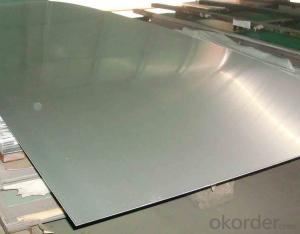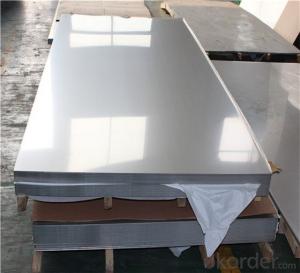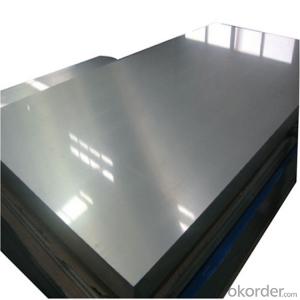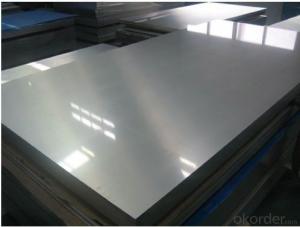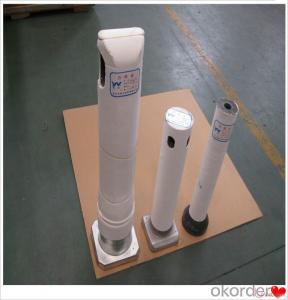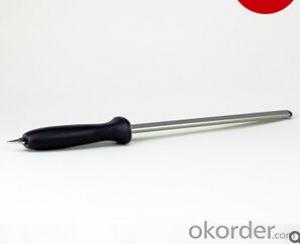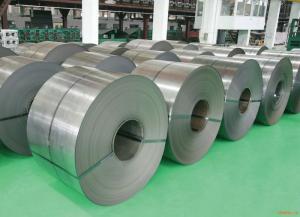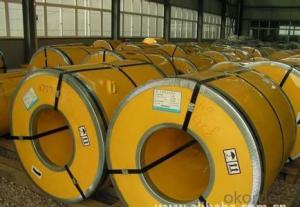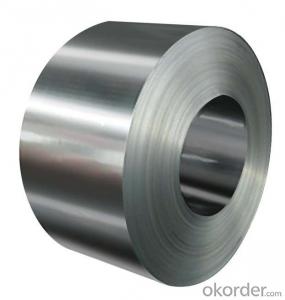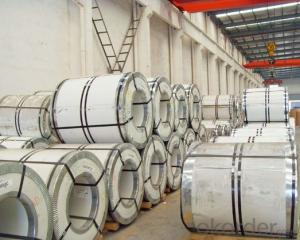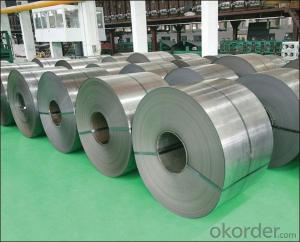Stainless Steel Diamond Plate
Stainless Steel Diamond Plate Related Searches
Best Paint For Stainless Steel Blanket Insulation For Steel Buildings Primer For Galvanized Steel Foam Filter For Stainless Steel H S Code For Stainless Steel Surface Grinding Wheels For Stainless Steel Surface Grinding Wheels For Hardened Steel Hole Saw For Stainless Steel Paint For Stainless Steel Stainless Steel For BbqHot Searches
Steel Mesh Panels For Sale Price For Stainless Steel Scrap Scrap Price For Stainless Steel Price For Stainless Steel Stainless Steel Tank For Sale Stainless Steel Sheets For Sale Cheap High Tea Sets For Sale Stainless Steel Tanks For Sale Stainless Steel For Sale High Density Fiberboard For Sale Solar Hot Water Collectors For Sale Scaffolding For Sale In Uae Scaffolding For Sale In Ireland Scaffolding For Sale In Houston Type Of Inverter For Solar Price Of Shipping Containers For Sale Types Of Inverter For Solar Stock Price For Aluminum Used Solar Inverter For Sale Steel Mesh Panels For SaleStainless Steel Diamond Plate Supplier & Manufacturer from China
Okorder.com is a professional Stainless Steel Diamond Plate supplier & manufacturer, offers integrated one-stop services including real-time quoting and online cargo tracking. We are funded by CNBM Group, a Fortune 500 enterprise and the largest Stainless Steel Diamond Plate firm in China.Hot Products
FAQ
- Yes, stainless steel strips can be used for heat exchanger tubes. Stainless steel is known for its excellent corrosion resistance and high temperature strength, making it a suitable material for heat exchanger applications. The strips can be formed into tubes and welded together to create a heat exchanger that efficiently transfers heat between two fluids.
- Stainless steel strips are widely used in the construction industry for various purposes. One common use of stainless steel strips is in the fabrication of structural components such as beams, columns, and braces. These strips provide excellent strength and durability, making them ideal for supporting heavy loads and ensuring the structural integrity of buildings. Another common use of stainless steel strips in construction is for cladding and decorative purposes. Stainless steel strips can be used to cover exterior walls, roofs, and facades, providing a sleek and modern aesthetic to the building. The corrosion-resistant properties of stainless steel make it an excellent choice for such applications, as it can withstand harsh weather conditions and maintain its appearance over time. Stainless steel strips are also used in the construction of handrails, balustrades, and guardrails. These components are essential for safety purposes, and stainless steel's high strength and corrosion resistance make it a reliable material for such applications. Additionally, stainless steel strips can be easily shaped and formed, allowing for the creation of intricate and visually appealing designs. Furthermore, stainless steel strips find application in the construction of infrastructure projects such as bridges and tunnels. These structures require materials that can withstand heavy loads, extreme temperatures, and exposure to moisture. Stainless steel strips possess these qualities, making them a popular choice for the construction of durable and long-lasting infrastructure. In summary, stainless steel strips have numerous common uses in the construction industry. They are used for structural components, cladding, decorative purposes, handrails, balustrades, guardrails, and infrastructure projects. The versatility, strength, and corrosion resistance of stainless steel make it an ideal material for these applications, ensuring the longevity and quality of construction projects.
- The maximum thickness available for stainless steel strips can vary depending on the specific grade of stainless steel and the manufacturing capabilities of the supplier. However, in general, stainless steel strips can be produced in thicknesses ranging from 0.1 millimeters to several millimeters. Some suppliers may be able to provide even thicker strips upon request, but it is important to consult with the supplier to determine the maximum thickness available for the specific grade and requirements of the project.
- Stainless steel strips are highly resistant to corrosion and are therefore suitable for use in high-humidity environments. The chromium content in stainless steel forms a protective layer on the surface, preventing the metal from interacting with moisture and humidity. This protective layer, known as the passive film, remains intact even in high-humidity conditions, ensuring that the stainless steel strip maintains its structural integrity. Additionally, stainless steel has a low thermal conductivity, which means it does not easily absorb or retain moisture from the surrounding environment. This property further enhances its performance in high-humidity environments by reducing the risk of moisture buildup and subsequent corrosion. In summary, stainless steel strips are an excellent choice for applications in high-humidity environments due to their corrosion-resistant properties and ability to withstand moisture without compromising their performance or structural integrity.
- Yes, stainless steel strips are suitable for architectural cladding. Stainless steel is highly durable, corrosion-resistant, and has a sleek and modern appearance. It can be used to create a variety of design elements for architectural cladding, such as panels, screens, and facades. Additionally, stainless steel is easy to maintain and can withstand harsh weather conditions, making it an ideal choice for long-lasting and visually appealing architectural cladding.
- Stainless steel strips are commonly used in various engine components in the automotive industry due to their unique properties and advantages. Some of the common uses of stainless steel strips in automotive engine components include: 1. Exhaust Systems: Stainless steel strips are widely used in exhaust systems due to their high temperature resistance and corrosion resistance. They can withstand the extreme heat and corrosive gases produced by the engine, ensuring longevity and durability of the exhaust system. 2. Fuel Injection Systems: Stainless steel strips are used in fuel injection systems, particularly in the manufacturing of fuel rails and fuel lines. The corrosion resistance of stainless steel ensures that the fuel remains uncontaminated and prevents any leakages, improving the overall efficiency and reliability of the system. 3. Heat Shields: Stainless steel strips are utilized in the production of heat shields, which are crucial in protecting sensitive engine components from excessive heat. The high temperature resistance of stainless steel ensures that the heat shield can effectively dissipate or reflect heat, preventing any damage to nearby components. 4. Engine Mounts and Brackets: Stainless steel strips are used in the fabrication of engine mounts and brackets due to their strength and durability. They provide structural support and ensure the secure attachment of various engine components, enhancing the overall stability and performance of the engine. 5. Valve Components: Stainless steel strips are commonly used in the manufacturing of valve components, such as valve springs and valve retainers. The high strength and corrosion resistance of stainless steel allow these components to withstand the high pressures and temperatures within the engine, ensuring smooth and efficient valve operation. Overall, stainless steel strips play a crucial role in automotive engine components by providing durability, corrosion resistance, high temperature resistance, and structural support. These properties make them an ideal choice for various applications, contributing to the overall performance, efficiency, and longevity of automotive engines.
- When it comes to cleaning and maintaining 111 stainless steel strips, there are a few recommended practices to ensure their longevity and appearance. Firstly, it is important to regularly clean the stainless steel strips to prevent the buildup of dirt, grime, and fingerprints. A mild detergent or soap and warm water solution can be used to clean the surface. It is crucial to avoid using abrasive cleaners, harsh chemicals, or steel wool as these can damage the stainless steel. To remove tough stains or residue, a non-abrasive cleaner specifically designed for stainless steel can be used. It is important to follow the manufacturer's instructions while using these cleaners and avoid contact with other surfaces. After cleaning, it is recommended to rinse the stainless steel strips thoroughly with clean water and dry them with a soft cloth or towel. This will prevent water spots or streaks from forming on the surface. In terms of maintenance, it is advisable to regularly inspect the stainless steel strips for any signs of damage, such as scratches or dents. If any damage is found, it should be addressed promptly to prevent further deterioration. It is also important to avoid exposing the stainless steel strips to extreme temperatures or prolonged contact with acidic substances, as these can cause discoloration or corrosion. Additionally, it is recommended to avoid using sharp objects or abrasive materials on the surface to prevent scratches. Lastly, a protective coating or polish specifically designed for stainless steel can be applied to enhance its shine and provide an extra layer of protection. It is important to follow the manufacturer's instructions while applying these products. By following these recommended cleaning and maintenance practices, the 111 stainless steel strips can remain in optimal condition, making them more durable and visually appealing in the long run.
















